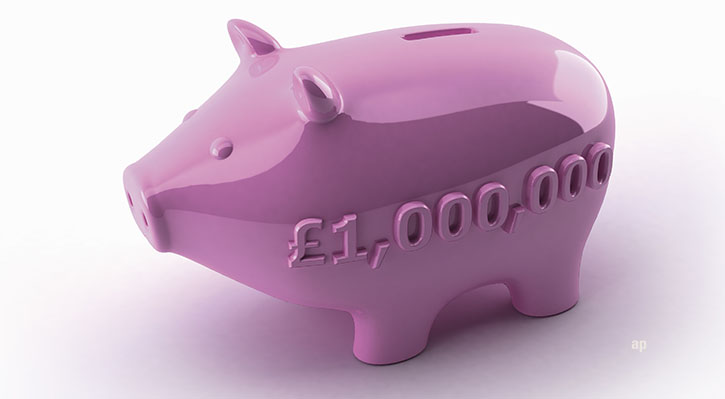
What happens when you reach 18 and your Junior ISA matures? Rather than blowing the lot on a new car or holiday (we won’t judge), many parents and ISA providers would like you to continue your saving and investing journey with a Lifetime ISA.
These accounts, which launched in April 2017, are designed to help the under-40s onto the housing ladder but can also be used as a retirement savings vehicle. The LISA was designed to replace the Help to Buy ISA, which shut up shop in November 2020 (although if you opened one in time you can still contribute).
As well as the tax advantages of the standard ISA, the Lifetime ISA carries a sweetener from the government to show it's serious about your aspirations to become a homeowner. This in the form of a 25% bonus, up to a maximum of £1,000 a year. If you max out the allowance every year from age 18 to 39 you could pocket £32,000 from that bonus – unsurprisingly, then, there are a few strings attached.
But before we get to the FAQs, it’s worth noting the conditions surrounding withdrawals because these are punitive:
- Money put into a Lifetime ISA must be used to buy your first home OR not accessed until you’re 60 (or if you become terminally ill) otherwise you will incur a penalty for withdrawing moeny from the account. “A Lifetime ISA is intended to be a long-term savings product. It is not designed to encourage regular withdrawals,” the government says. As a deterrent, the early withdrawal charge is 25% (it was reduced to 20% in the coronavirus crisis but has since been reinstated).
- This means that withdrawals could end up costing you money – for example, you put in £800, the bonus tops this up to £1,000, you withdraw the whole lot and the 25% penalty takes this back to £750. So you’re left with £50 less than you put in.
- Financial advisers recommend holding an instant access Cash ISA alongside your LISA if you need to “dip into” your funds for everyday or unexpected expenses.
A full explanation of terms and conditions can be found on the UK government website.
What Are the Terms and Conditions?
You can save a maximum of £4,000 a year into a LISA and you need to be between 18 and 40 to open an account. While the product has “Lifetime” in the name, you can only save every year until you’re 50, giving you a maximum of 32 years to enjoy that bonus.
Can I Have a LISA and a standard ISA?
Yes, although this £4,000 is not in addition to your overall annual ISA allowance, so if you used your whole LISA allowance, that leaves you with £16,000.
Tell Me About the Bonus?
It’s 25% of the money you put in, up to a maximum of £1,000 a year. The provider will add this automatically and it doesn’t matter if you drip feed your money or put your whole allowance in on the last day of the tax year.
Can I Open a Lifetime Cash ISA and a Lifetime Stocks & Shares ISA?
Not in the same tax year. You can have both types of account but you can only open one type of Lifetime Isa each year.
I Already Own a Property, Can I Open a LISA?
You can open an account but you won't be able to use the money to buy a property - only first-time buyers can use the account in that way. A non-FTB can still enjoy the perks of the account (i.e. the bonus) but you won't be able to access the money until you reach age 60. If you've previously owned a home, are now renting and want to get back on to the housing ladder, you are also not eligible.
Is There Any Limit on the Value of the Property?
The current limit on properties that can bought using a LISA is £450,000 and you can buy anywhere in the UK.
Are Lifetime ISAs Popular?
LISAs are relatively new so make up a small but growing portion of the overall ISA universe, in terms of subscriptions. According to HMRC data for 2021 to 2022, some 50,800 account holders withdrew money from their LISA to fund a house purchase, from around 35,000 in the previous year. The total withdrawn to buy a house is now over £600 million.



























